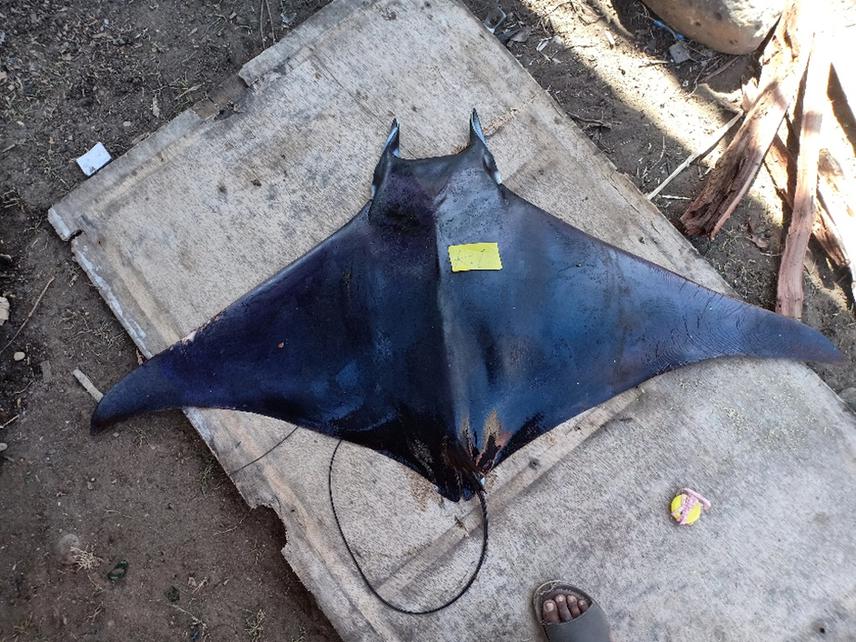Muhammad Danie Al Malik
Other projects
14 Jan 2022
Habitat Suitability Assessments and Genetic Connectivity Study of Spinetail Devil Ray (Mobula mobular) in Indonesian Fisheries Management Area (FMA) of 573
Savu sea is a national park in Indonesia where spinetail ray (Mobula japanica) mostly found. The importance of ray to fisheries and local livelihood has increased the pressure on its population. The declining population of spinetail may not only affect by one location, but many due to the fact that this species is a widely migrated. To protect spinteail population, information regarding the current population condition is required. Through this project we will collect recent data of spinetail population in Savu Sea with the use of genetic approach and increase the awareness of local stakeholders for the sustainability of spinetail.

Devil Ray.
Savu Sea is known as an important habitat for nursery and migratory corridor; therefore, traditional fishing practices are thriving within this area. Mobulid hunt has been known as one of the common fishing practice in this area. Despite the attempt to protect the ray population by establishing National Park within several areas of Savu Sea, the ray hunt is still happening.
The recent report by Misool baseftin indicated that ray population in Savu Sea, East Nusa Tenggara (NTT) has been declined by 75% in 2014, with only 200 individuals found (Lewis et al. 2015). Spinetail ray (Mobula japanica) is one of the ray species that reportedly found within Savu Sea, both in National Park area (Nangalili and Rote) and in Solor. Due to its high distance of movement and spatial distribution ability (Francis and Jones, 2017), it is likely that M. japanica can migrate between wide areas within Savu Sea, which then raises a concern regarding the outside of national park. This non-synergy protection will have an impact on the sustainability of spinetail ray population. Therefore, using molecular genetic methods as a tool, we aim to study the connectivity of spinetail ray (M. japanica) populations in the different locations within Savu Sea.